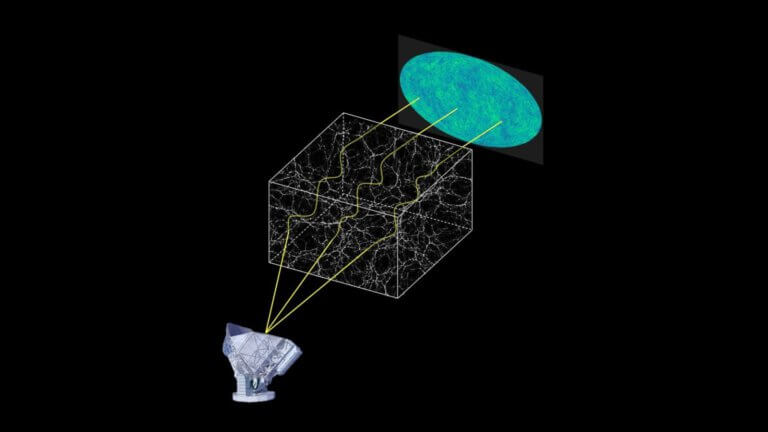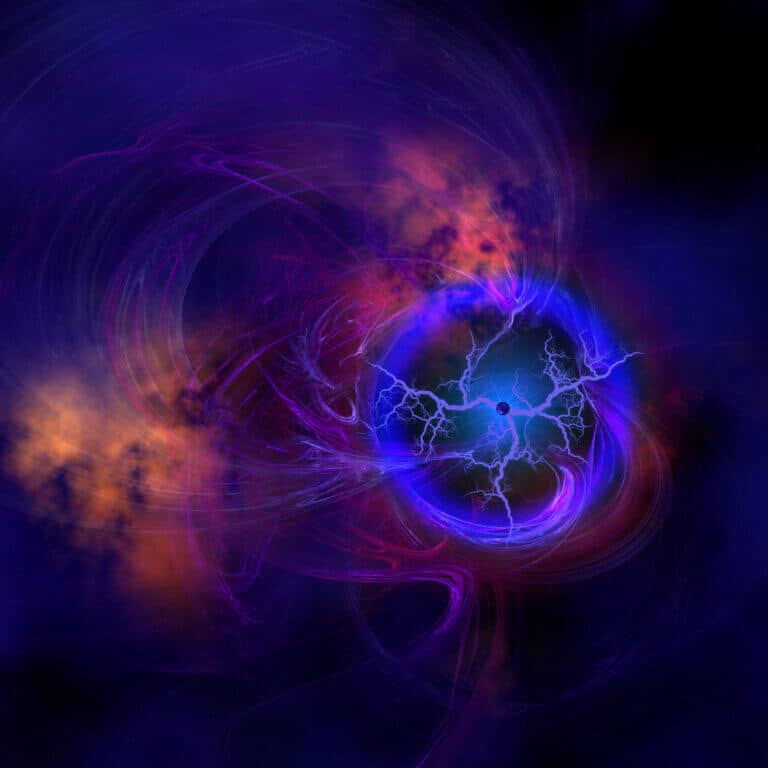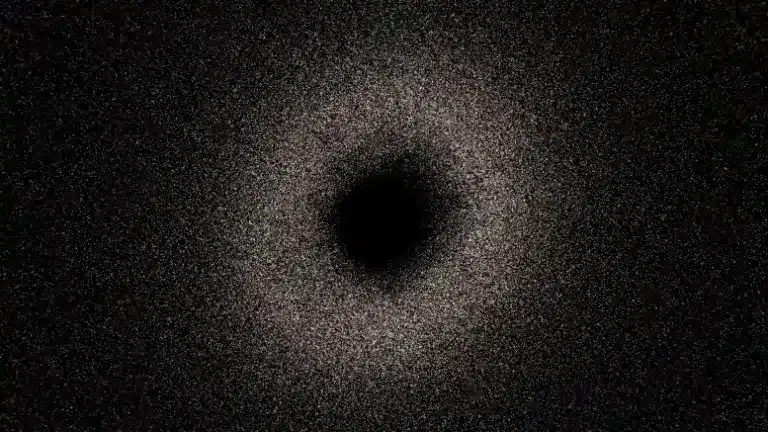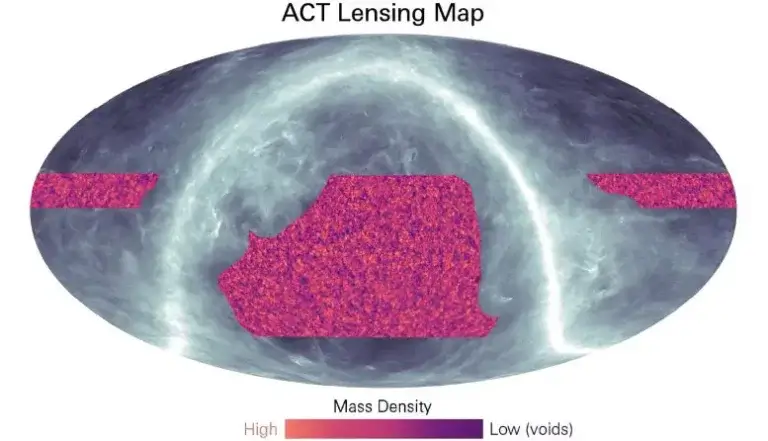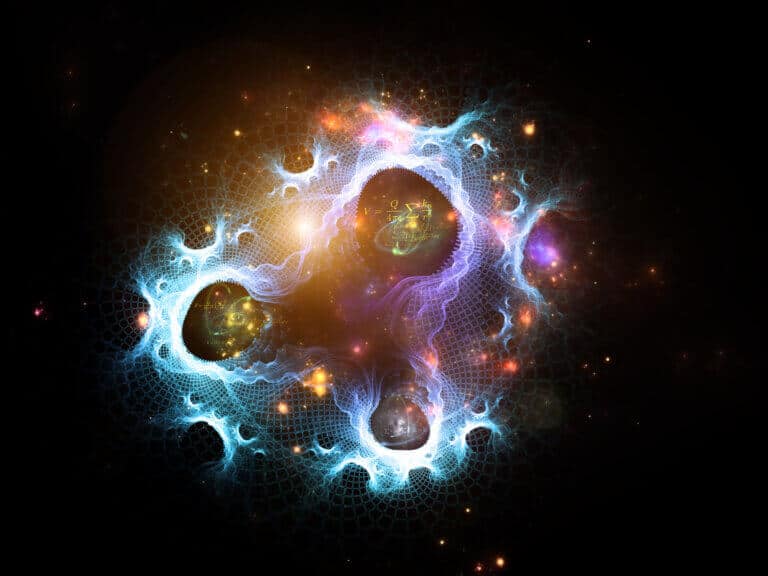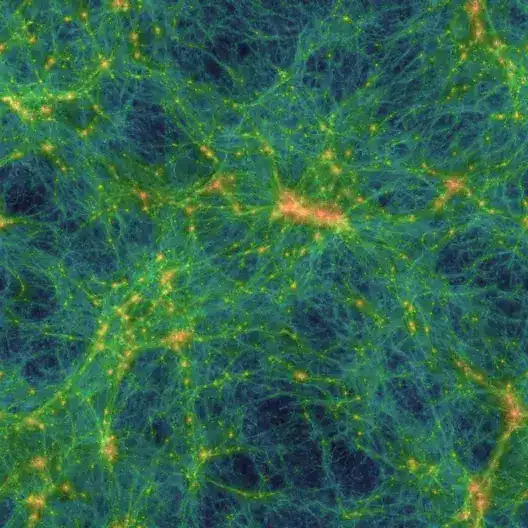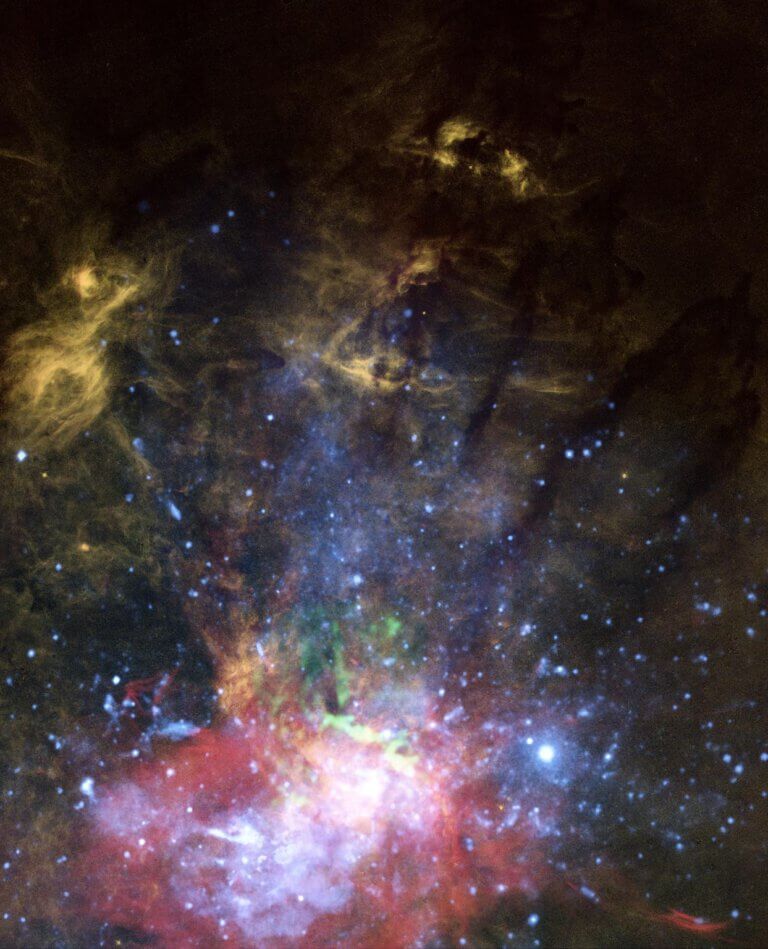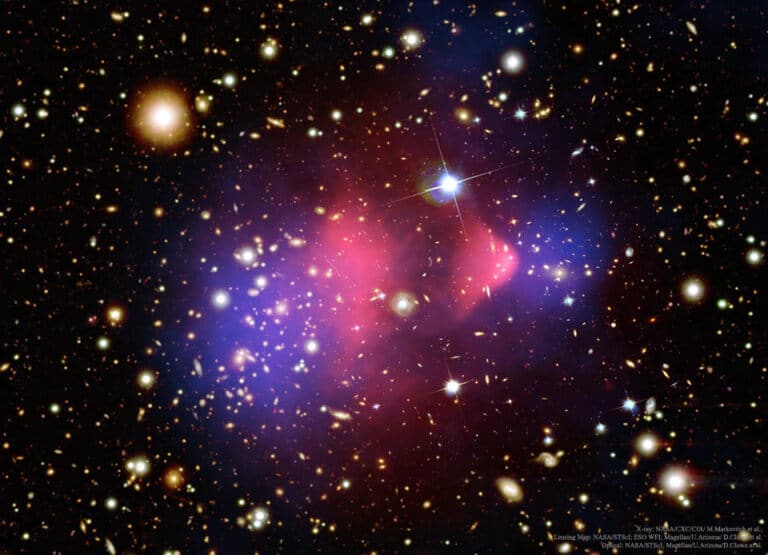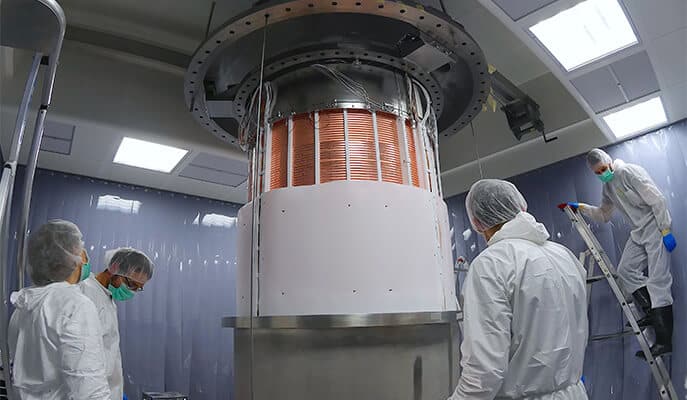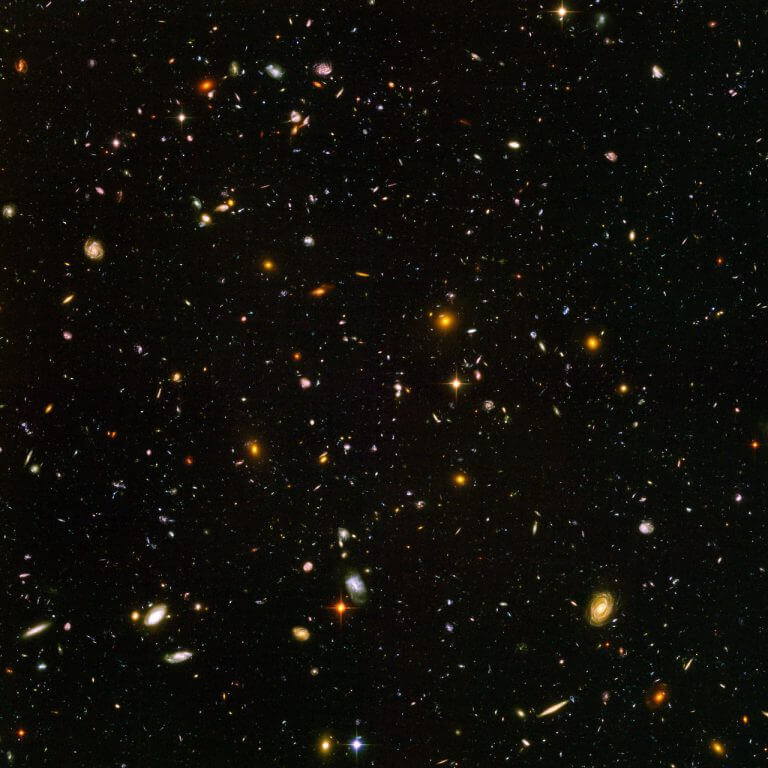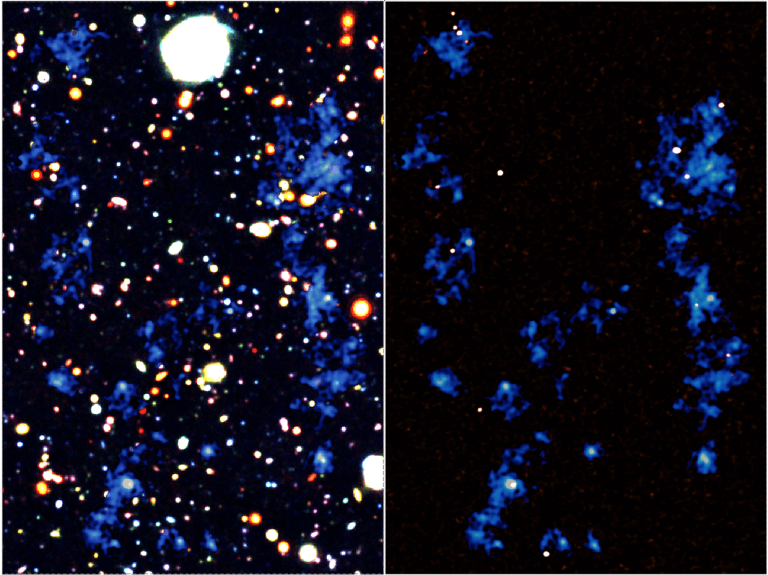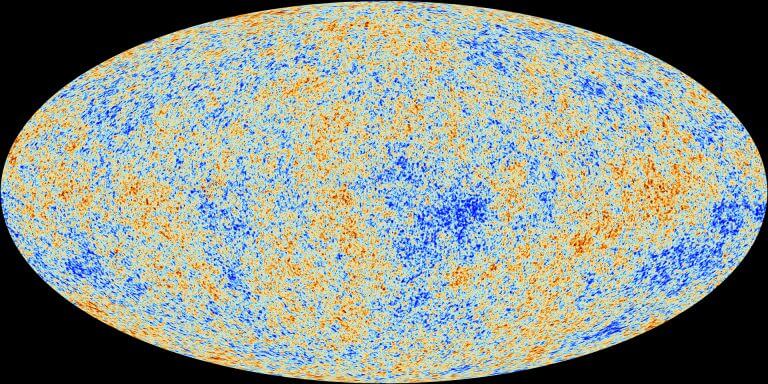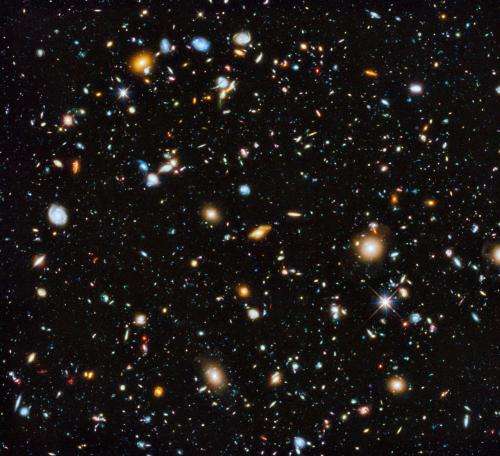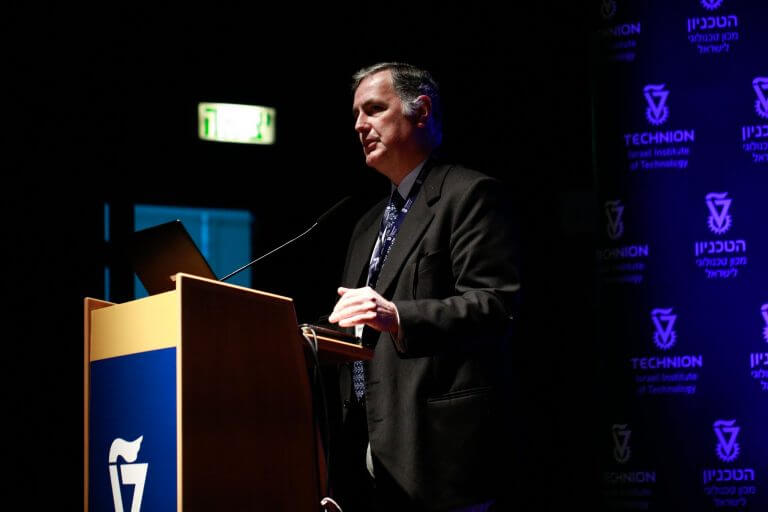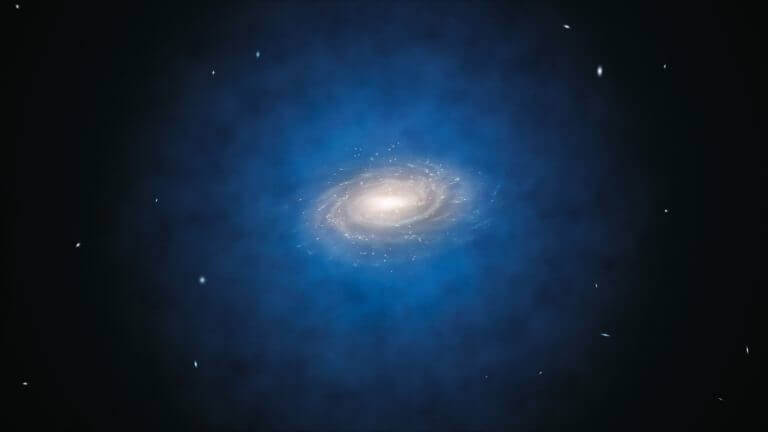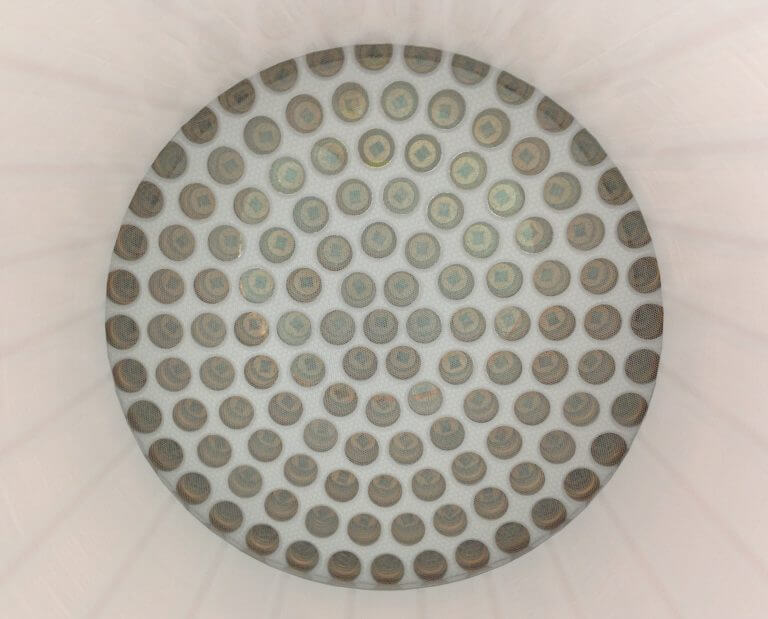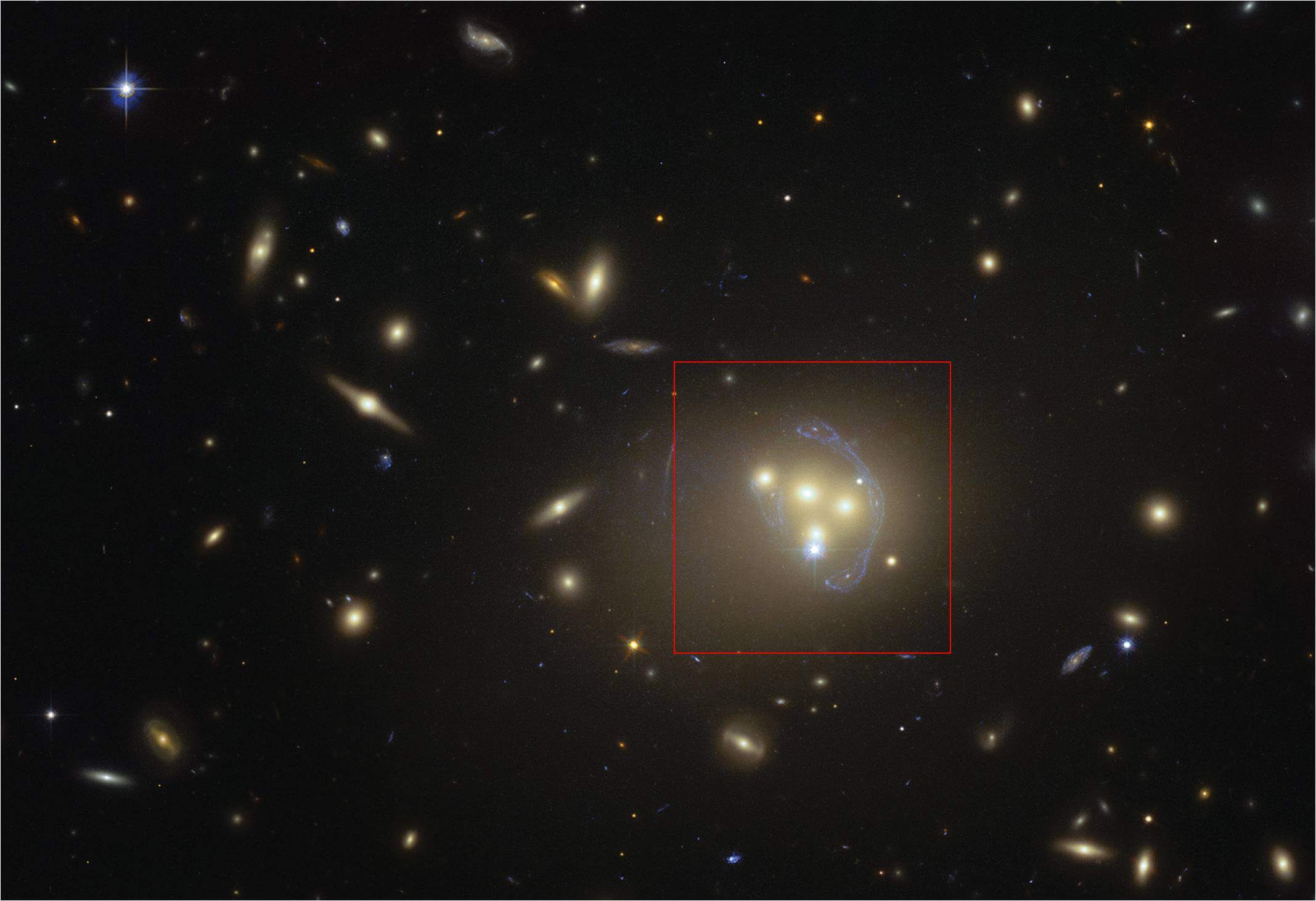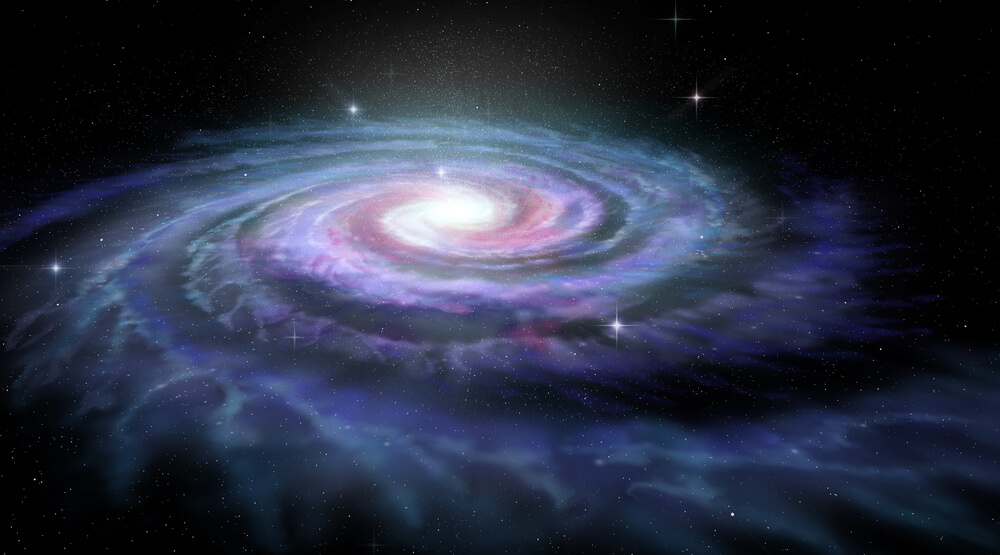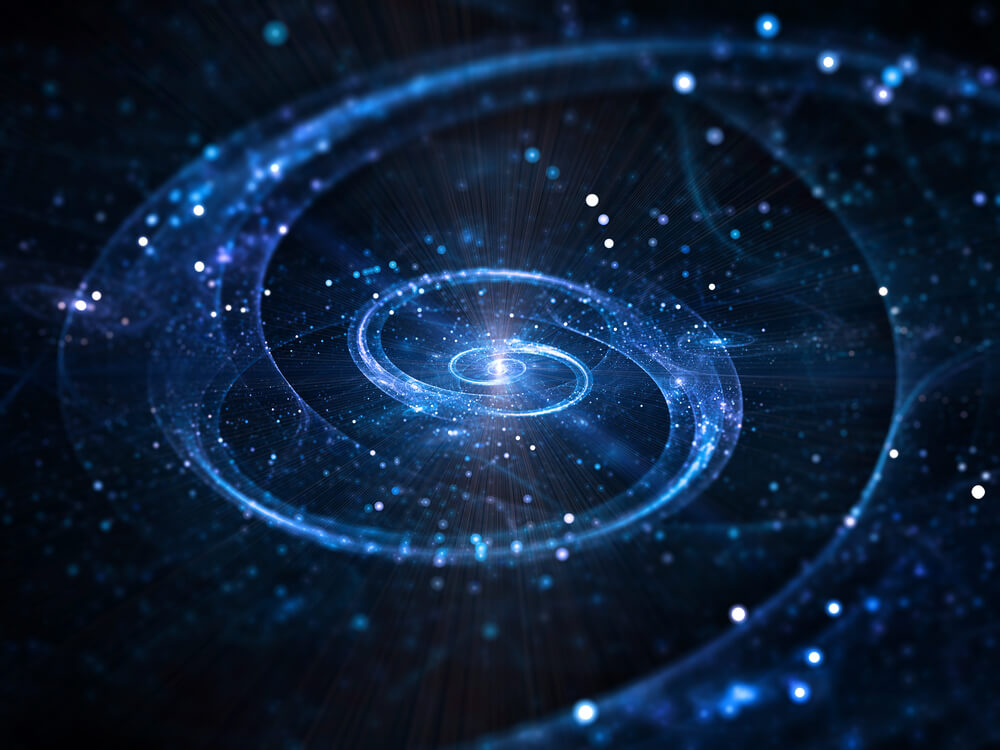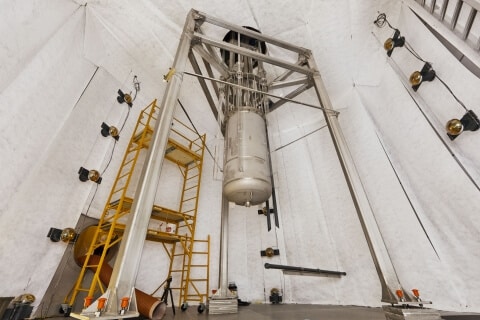Hayadan > the dark matter
the dark matter
- Avi Blizovsky
- March 2, 2024
- 6 תגובות
Argon is part of a multi-institutional effort to survey the skies for clues about the origins and nature of our universe.
- The Voice of Science website - the Israel National Science Foundation
- December 12, 2023
on the research effort to decipher the essence and properties of dark matter, by measuring interactions between it and other matter particles
- Avi Blizovsky
- November 13, 2023
- 2 תגובות
The European Space Agency's Gaia mission discovered over half a million new stars, tagged 150,000 asteroids, and identified 380 cosmic lenses. These discoveries advance our understanding of the universe, setting the stage for the expected release of Gaia DR4 data in 2025
- Avi Blizovsky
- April 24, 2023
- 15 תגובות
A groundbreaking new map of dark matter has been created using data from the Dark Energy Survey (DES), in an international collaboration of astronomers and physicists. The map shows the distribution of dark matter in the southern sky region, and is the most accurate and detailed map of its kind ever created
- Avi Blizovsky
- February 11, 2023
- 55 תגובות
A team of scientists made a drastic announcement about one of the most accurate measurements to date of the distribution of matter in the universe using, among other things, the radio telescope at the South Pole
- Avi Blizovsky
- January 20, 2023
- 129 תגובות
The new hypothetical particles may be able to explain the observations made by the Cosmic Source Spectrograph on the Hubble Space Telescope
- Avi Blizovsky
- December 21, 2021
- 4 תגובות
The Hubble Space Telescope photographed a bright knot of gas hit by an invisible jet from the black hole, which is only 15 light years away. The black hole must have looked bright billions of years ago as a quasar, when our young galaxy was fed by lots of infalling gas. But after all this time the black hole is acting sporadically, unwilling to take a nap
- Noam Chai
- October 22, 2020
- 28 תגובות
A new model published by researchers from Melbourne and CERN raises the possibility that dark matter is heavier than we thought until now. The researchers hope that the paper they published will encourage experimenters to look for new avenues for detecting dark matter
- Weizmann Institute
- June 22, 2020
- 14 תגובות
- Avi Blizovsky
- January 20, 2020
- 365 תגובות
- Avi Blizovsky
- October 14, 2019
- 15 תגובות
- Avi Blizovsky
- October 8, 2019
- No comments
- Science site The Conversation
- August 12, 2018
- 375 תגובות
- The Technion
- December 27, 2017
- 2 תגובות
- Scientific American Israel
- March 18, 2017
- 64 תגובות
- Scientific American Israel
- July 17, 2016
- 22 תגובות
- Scientific American Israel
- August 17, 2015
- 235 תגובות
- Avi Blizovsky
- May 3, 2015
- 73 תגובות
- Yael Petar
- December 8, 2014
- 462 תגובות
- Itai Nebo, editor of the Davidson Institute website
- May 18, 2014
- 168 תגובות
- Avi Blizovsky
- November 4, 2013
- 212 תגובות
- Yuval is loyal
- May 17, 2003
- One response
- The science service
- January 25, 2000
- No comments

